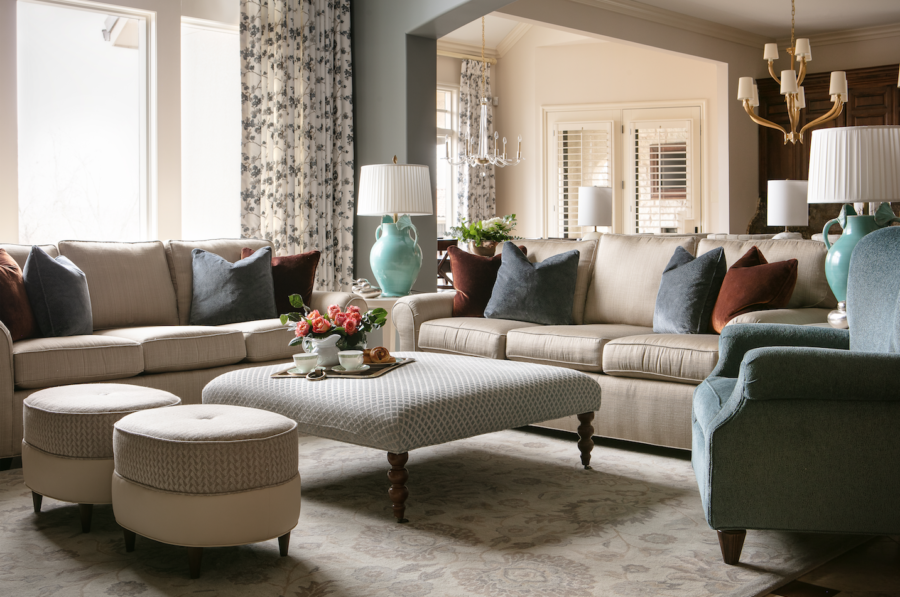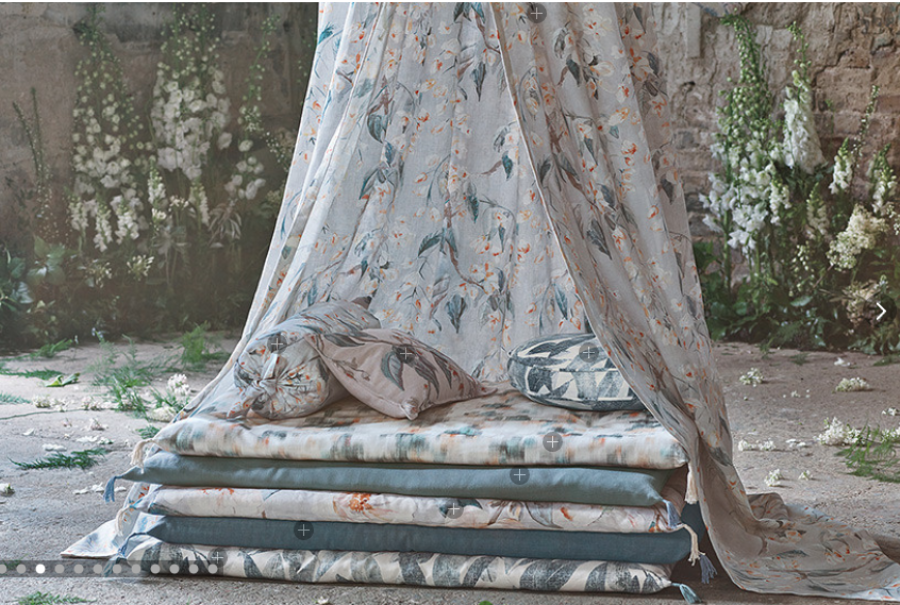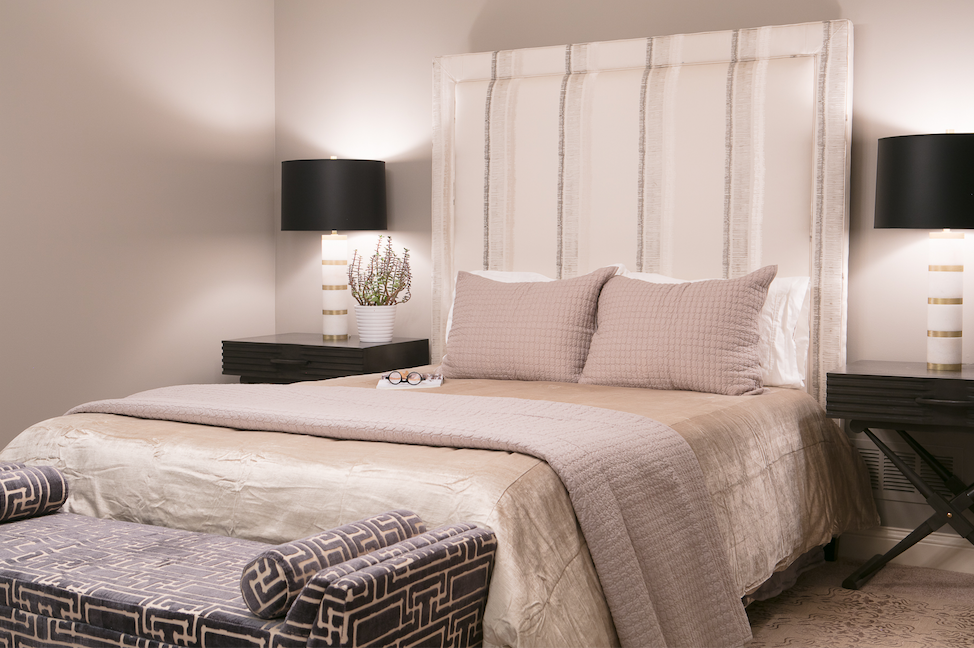For each new space we design, the element that really brings the design to life is the fabric selection. From window treatments, to upholstery, to pillows, well-chosen fabrics give the room not only personality and color, but can elevate the quality of a space. But there is so much to learn about how to choose the right ones.

Durability
First and foremost, choose a fabric that is designed to do what you want it to do. For example, a drapery fabric that is light weight would not work for your sofa. Every fabric made for residential use goes through rigorous testing to determine its durability. The most commonly used test in the US is the Wyzenbeek. A piece of cotton duck is rubbed over the sample fabric in 1,000 rub intervals until it shows signs of wear. Each pass back and forth is a “double rub.”

Light Duty: Fabrics that score less than 9,000 double rubs are considered light use, and are suitable for draperies, pillows and bedding. Some fabrics are so fine and delicate that they are not given a rating, such as sheers, and are best used for window treatments.
Medium Duty: Fabrics scoring between 9,000 and 15,000 double rubs. Ideal for light upholstery, such as infrequently used arm chairs or dining chairs, bedding, wall upholstery and weightier window treatments such as Roman shades.
Heavy Duty: Over 20,000 double rubs. Perfect heavy upholstery use, such as on sofas and armchairs. When we design for active families or household with pets, we like to kick up our double rubs to 30,000, which is durable enough to be used in commercial spaces.
Hand
Simply put, “hand” is how a fabric feels to the touch. Silky, dry, rough, soft and drapable can all describe a fabric’s hand. A fabric should be both visually and tactilely appealing.

Fiber Content
Both natural and synthetic fibers or a blend of the two are in residential textiles. Naturals include cotton, wool, silk and linen. Natural fibers can be strong and breathable, but on their own may not be suitable for heavy use.
Natural fibers blended with synthetic fibers can bring out the best of their qualities, or minimize their shortcomings. For example, linen is a strong and durable fabric, but wrinkles easily and is known to “grow” when used as a drapery. However, when blending linen with either cotton or polyester can mitigate these characteristics.

Fabrics that are entirely synthetic are often highly durable, easy to clean and low maintenance. Synthetics in include polyester, acrylic, nylon and viscose. However, some synthetics can pill easily, so fabrics blended with other fibers can minimize this.
Fabric Types (just to name a few…)
Do you know the difference between velvet and chenille, or print vs jacquard? Here are a few fabric types you should know!
Velvet: This versatile fabric can be made of silk, cotton, wool or synthetics, among other fibers. It is known for its soft hand created by the short pile. It can have a high sheen, or a softer doe-skin look. Velvets has many uses, from high-use upholstery to drapable window treatments. And there are so many looks: crushed, burn-out, embossed, printed or pile-on-pile which uses different length piles to create a pattern.

Chenille: Often confused with velvet, chenilles also have a short pile, created by twisted yarns that are cut. They are usually made of synthetics, such as polyester or a poly-blend. Like velvets, they have a soft hand, but have more highs and lows, giving the fabric a rich look.

Jacquards: Woven on a loom, these yarn-dyed fibers create a pattern that in intrinsic to the fabric. They come in a variety of designs, from complex florals to simple plaids. The fabrics are often thicker than other weaves, and can be made from cotton, silks, polyester or blends.

Prints: While many prints are complex designs with a variety of colors, they are simply applied dyes, after a fabric is constructed. Often thinner and less durable than jacquards, many prints are more affordable and make for wonderful pillows and draperies, as well as upholstery fabric.

And this just scratches the surface of the vast, wonderful world of home textiles. More to come!
About Tran + Thomas
Built on the foundation of a 30-year, family-owned Interior Design business, Jill Tran and Carmen Thomas opened Tran + Thomas Design Studio in 2011 bringing a combined 36 years of experience to their projects. They work on both residential and commercial projects across several styles. Interested in their services? Call (913) 268-9595 or schedule a consultation below.
